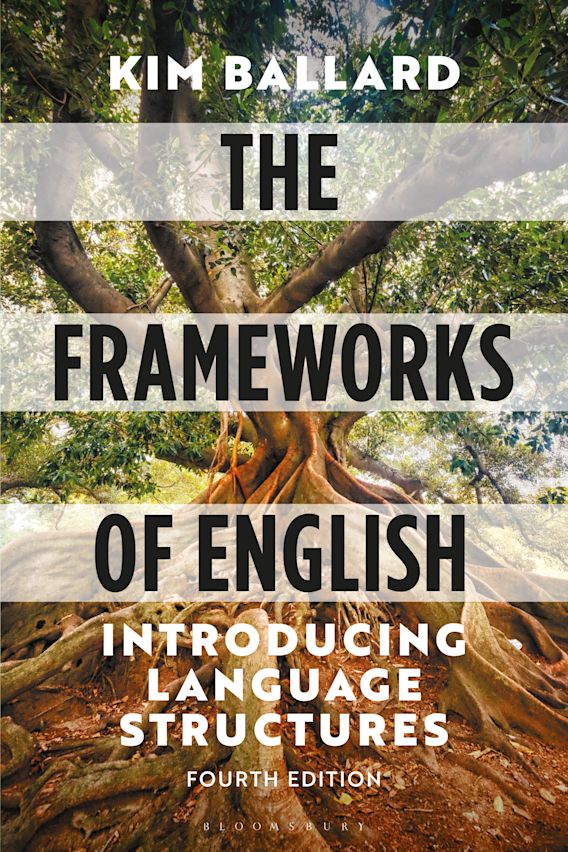



johndoe@gmail.com
Are you sure you want to reset the form?
Your mail has been sent successfully
Are you sure you want to remove the alert?
Your session is about to expire! You will be signed out in
Do you wish to stay signed in?
Question 1 (Consolidate)
For each of the following verbs, identify what obligatory complementation (if any) they take, bearing in mind that they may have more than one meaning and that some verbs can be both intransitive and transitive/copular. List the possibilities for each one (from SV, SVO, SVOiOd, SVCs, SVOCo and SVOA) and create an accompanying example.
call, disappear, paint, put, remain, send, show, smell, turn
(SVOiOd, SVCs and SVOCo are often simplified to SVOO, SVC and SVOC.)
Answer
| call | SV | Duty calls |
|
| SVO | (Every morning) she calls her mum |
|
| SVOO | I’ve called you a cab |
| disappear | SV | My umbrella has disappeared |
| paint | SV | (What does she do for a living?) She paints. |
|
| SVO | Picasso painted some extraordinary pictures |
|
| SVOC | Richard painted his kitchen red |
| put | SVOA | (Every month) she puts her spare cash into a savings account |
| remain | SV | (At this ancient site) only a few ruins remain |
|
| SVC | The cause of the incident remains a mystery |
| send | SVO | My aunt sends her best wishes |
|
| SVOO | Clare sent her mother some flowers |
|
| SVOC | This job is sending me crazy |
|
| SVOA | The judge sent the guilty man to prison |
| show | SV | Hard work shows |
|
| SVO | The museum’s (now) showing its new acquisitions |
|
| SVOO | They showed him the dance steps |
|
| SVOA | The usher showed the children to their seats |
| smell | SV | Old houses (often) smell |
|
| SVO | I can smell coffee |
|
| SVC | Dinner smells delicious |
| turn | SV | The door handle turned |
|
| SVO | The nurses (gently) turned the bed-ridden patient |
|
| SVC | The autumn leaves are turning red |
|
| SVOC | Acid turns litmus paper red |
|
| SVOA | (Embarrassed,) he turned his face to the wall
|
Question 2 (Explore)
Based on your results for Question 1, to what extent does the distinction between intransitive, copular and transitive verbs seem useful or valid?
Answer/discussion
Verbs which only function intransitively (like disappear) are fairly rare. As the answers to Question 1 show, many verbs can be used both intransitively and transitively. Two of these (turn, smell) also function as copular verbs. There is a connection between the complementation that can be used and the role of the subject. For instance, in the SV and SVC examples for turn, the subjects – the door handle and the autumn leaves – are affected elements, whereas the nurses, acid and he in the other examples are agents. (Furthermore, the meaning of turn can be either related to a change in position or a change in appearance.) In the show examples, the complementation is also related to the different meanings of the verb: in the SV example, show means ‘is evident’; in the SVO and SVOO examples it means ‘exhibit’ and ‘demonstrate’ (which are closely connected meanings); in the SVOA example it means ‘lead somewhere’. This all suggests that verb complementation is not necessarily fixed as intransitive, transitive or copular but is often determined by the type of subject and/or the selected meaning of the verb in question.

.